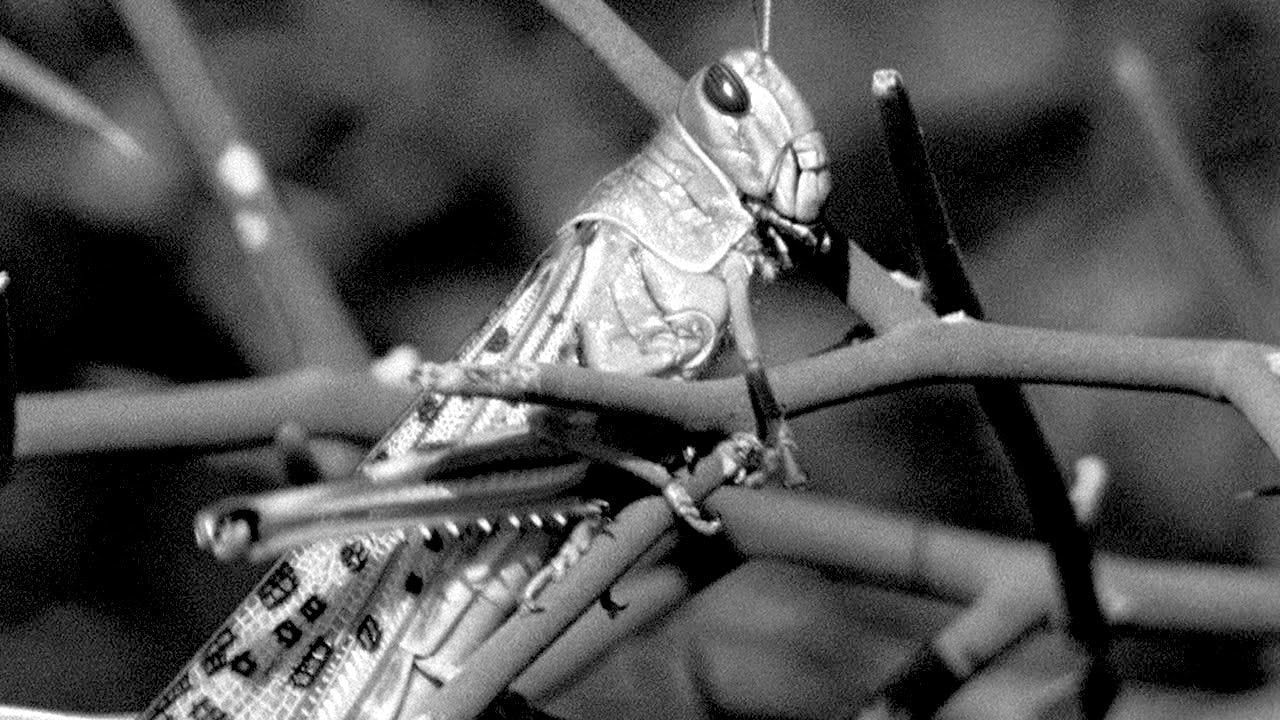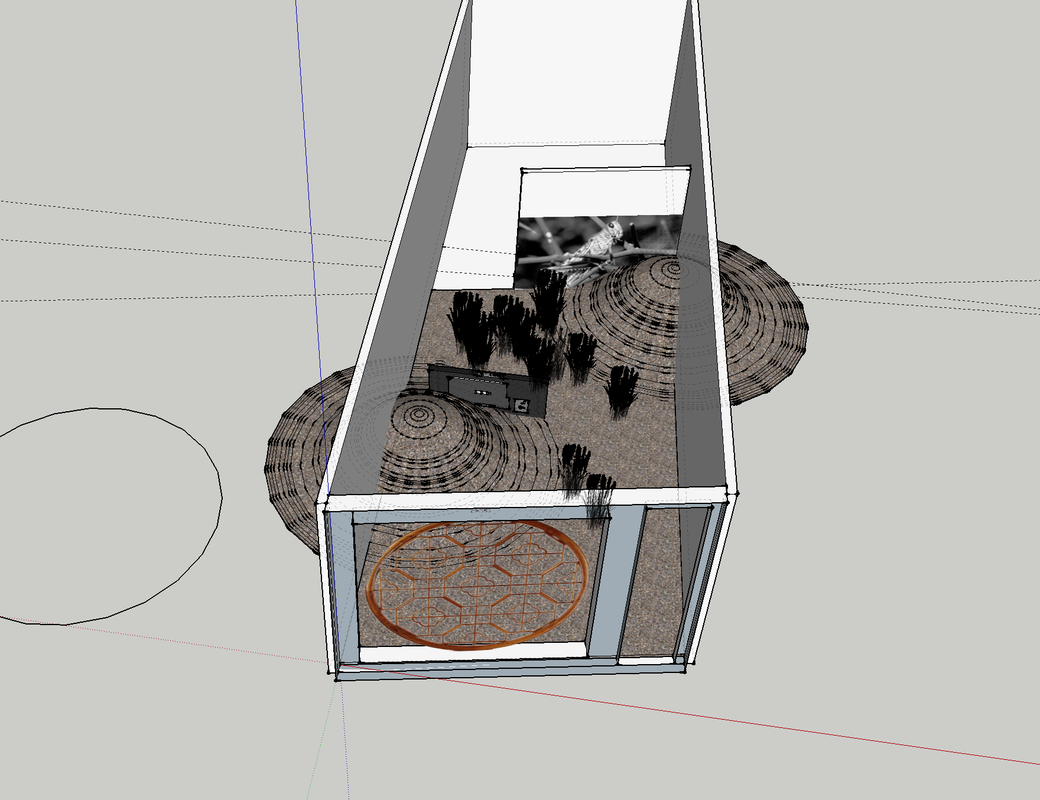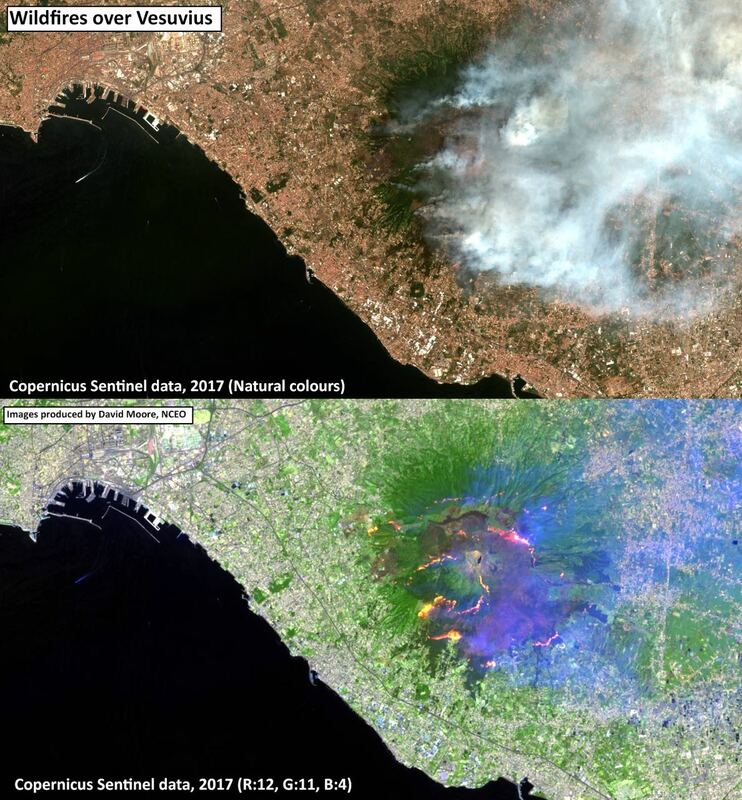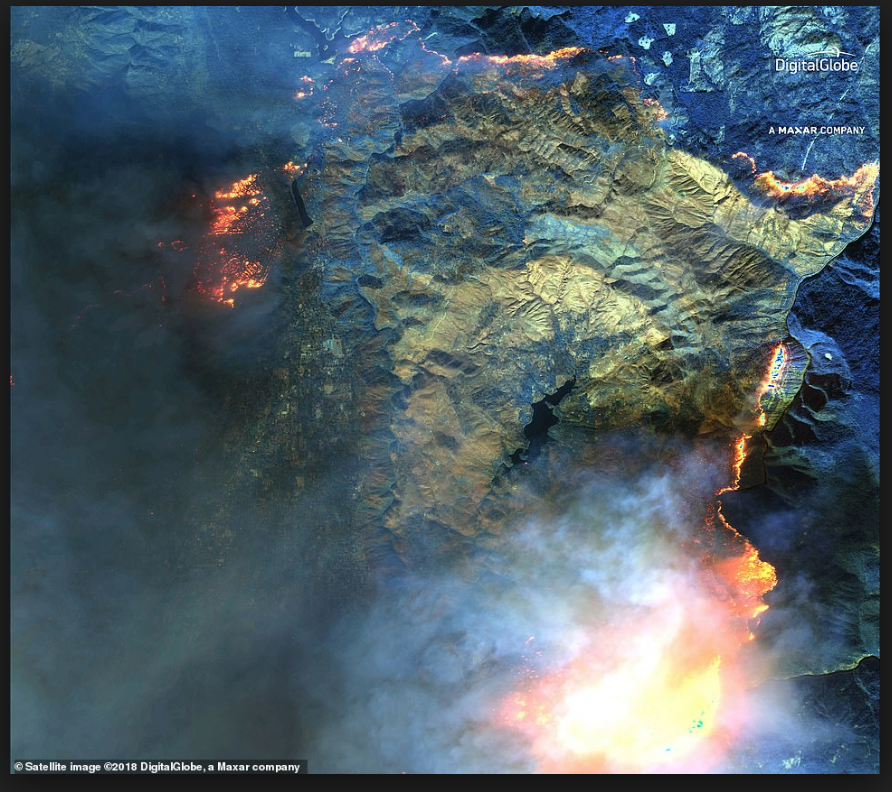The Bang Straws (2021) is an aesthetically invigorating reworking of the casting process of Sidney Franklin’s The Good Earth (1937) a film notorious for a white actor’s racist portrayal of a Chinese character. German-American actress Luise Rainer won the high-profile lead of O-Lan, the farmer's wife. To play O-Lan, Rainer wore racist “yellowface”, as so many 20th Century Hollywood and British actors did. Despite Chinese-American actress Anna May Wong's talent and evident desire to play O-Lan, MGM refused her the lead due to the anti-miscegenation Hays Code, offering her the minor role of sex worker Lotus instead, which she refused. The Bang Straws re-casts O-Lan with a Chinese actor and reconstructs The Good Earth’s innovative Special Effects.
The Bang Straws (2021) was awarded the SCF Moving Image Award from the Stuart Croft Foundation. It was selected for the 2021 BFI London Film Festival, Experimenta Programme, and one of the ten films nominated for the BFI Short Film Competition in 2021. The Bang Straws was selected for the Aesthetica Short Film Festival in York (2021). It was
screened at the 25th Internationale Kurtagefilmtage, Winterthur, The Short Film Festival, Switzerland (2021). It was nominated for the International Competition
The Bang Straws, a one-off screening at FACT, Liverpool and an in-conversation with Michelle Williams Gamaker and Annie Jael-Kwan.
screened at the 25th Internationale Kurtagefilmtage, Winterthur, The Short Film Festival, Switzerland (2021). It was nominated for the International Competition
The Bang Straws, a one-off screening at FACT, Liverpool and an in-conversation with Michelle Williams Gamaker and Annie Jael-Kwan.
Storyboard and Visual Research
This page includes key reference images for the film production from source research The Good Earth (1937) and designs for the immersive installation The Bang Straws, for a solo show at Tintype Gallery, London (Sept-Oct 2019)

Full access to University of Leicester's Dr Swidbert Ott's laboratory to film solitary and gregarious Desert Locusts on 16mm film, documenting these insects up close using specialist lenses and cinematography.
panoramic view of solitary desert locusts housed in individual 'stables' at University of Leicester © Dr Swidbert R. Ott
multiple views for The Bang Straws, Tintype, Sept-Oct 2019 © Michelle Williams Gamaker
Dr David P Moore's tracking of wildfires near Vesuvius - using a multispectral instrument (MSI) on Sentinel-2 which provides high resolution (10m) data over an area with a revisit time of 5 days. Combinations of measured channels from the satellite instrument can construct and highlight what you are interested in. Moore explains that the “natural colour” image at the top shows the active fire smoke plume. A combination of the infrared channels help you see more detail of the active fire area (what Moore terms as a 'false colour image').
worldview-3 satellite image of the Californian wildfires of 2018. The image utilised the 'false colour image' to map the spread of fire more easily.
These images are accessible via ©Digital Globe.
These images are accessible via ©Digital Globe.
Example of previous 16mm film work, House of Women (2017) has screened nationally in festivals including BFI London Film Festival and internationally in Australia, Switzerland, Germany and Canada.
Encore (Resurrection Manifestations) (2018) installation view from exterior of Tintype Gallery Essex Road 5








